By Frances Richards
Wire-to-board connectors are used to connect a wire or group of discrete wires to a printed circuit board (PCB). These connectors serve as an efficient and cost-effective method for delivering power and signals to PCBs in automotive, industrial, lighting, and communication products. Commercial electronic equipment and household appliances often use wire-to-board connectors as well.
 The needs of the application will dictate the style of connector chosen, as there are no “standard” wire-to-board connector designs. Depending on the manufacturer, some feature low-profile mating for tight spaces and various locking mechanisms such as friction lock, full lock, or quick disconnect. Others feature a locking bar or snap-fit type of connection to ensure the wire remains securely in its socket. While many connectors are surface mounted to the board, others have pins that go through the board and are soldered to the other side.
The needs of the application will dictate the style of connector chosen, as there are no “standard” wire-to-board connector designs. Depending on the manufacturer, some feature low-profile mating for tight spaces and various locking mechanisms such as friction lock, full lock, or quick disconnect. Others feature a locking bar or snap-fit type of connection to ensure the wire remains securely in its socket. While many connectors are surface mounted to the board, others have pins that go through the board and are soldered to the other side.
Wire-to-board connectors are specified by properties such as housing size, materials, number of contacts, stacking height (height of connector measured from the circuit board), length of contacts, and number of contact rows. They are also specified in terms of pin pitch, which is the distance measured between the centers of two conductors. Wire termination also differs based on the wire size and number of contacts. For example, connectors that handle significant power often have crimped-on contacts that are secured with some sort of tool. Other styles, such as mass termination connectors that hold 20 wires or more, can be designed for use in automated soldering systems.
Another recent development is a new generation of ultra-compact connectors with profiles under 1.5 mm that are compatible with automated surface mount assembly in high-volume manufacturing. To ensure reliability, these tiny connectors often feature gold-plated contacts and strain relief capabilities. With so many sizes and styles available among today’s wire-to-board connectors, design engineers have more options than ever to select the right power and signal delivery system for their end products.

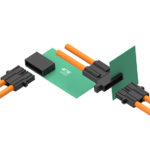
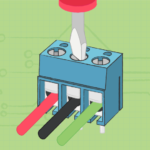
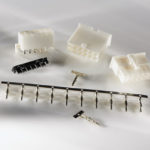
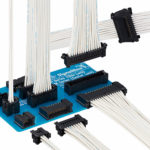
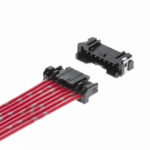
Leave a Reply
You must be logged in to post a comment.